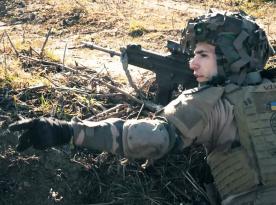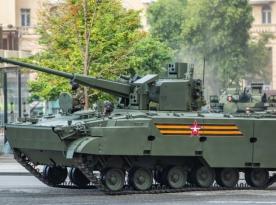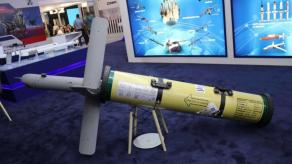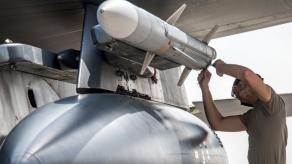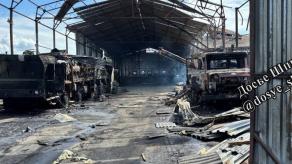Amid the unprecedentedly high-pace rearmament across the world, Ukraine and russia are among the top spenders on military — which shouldn't come as a surprise given those countries are at the biggest war since WW2.
According to estimates by the Stockholm International Peace Research Institute (SIPRI), Ukraine ranked 8th in defense spending in 2024 with $64.7 billion spent on defense last year. It made 34% of GDP, the largest percentage across all nations.
Read more: China Raises Military Budget, Yet It Doesn’t Even Reach 2% of GDP

Before we move on to russia, it's worth noting that in general, the worldwide spending on military and defense in 2024 totalled $2.718 trillion, a considerable rise by 9.4% compared to 2023. Leading the chart are traditionally the USA with $997 billion, China with $314 billion, and the russian federation with $149 billion.
However, some of the figures listed by SIPRI raise questions. In particular, Swedish analysts note russia's military expenditure in 2024 (increased by 38% from a year ago) amounts to 7.1% of the country's GDP and 19% of all state spending.
But public data indicates that despite russian federal funding plan for 2024 requesting only $383 billion, the government ended up spending $446 billion, leaving a record-high budget gap of 1.7% of GDP. Thus, based on SIPRI data, the $149 billion russia had invested in defense should equal 32.7% of factual spending, not 19%.

Moreover, London-based International Institute for Strategic Studies earlier this February published its own calculations of how much russia actually spends on the war with Ukraine and also, predicting that in 2025, about 39% of all russian budget expenditures will be directed towards war effort. The think tank also compiled a similar global ranking. Here's the excerpt for NATO members:
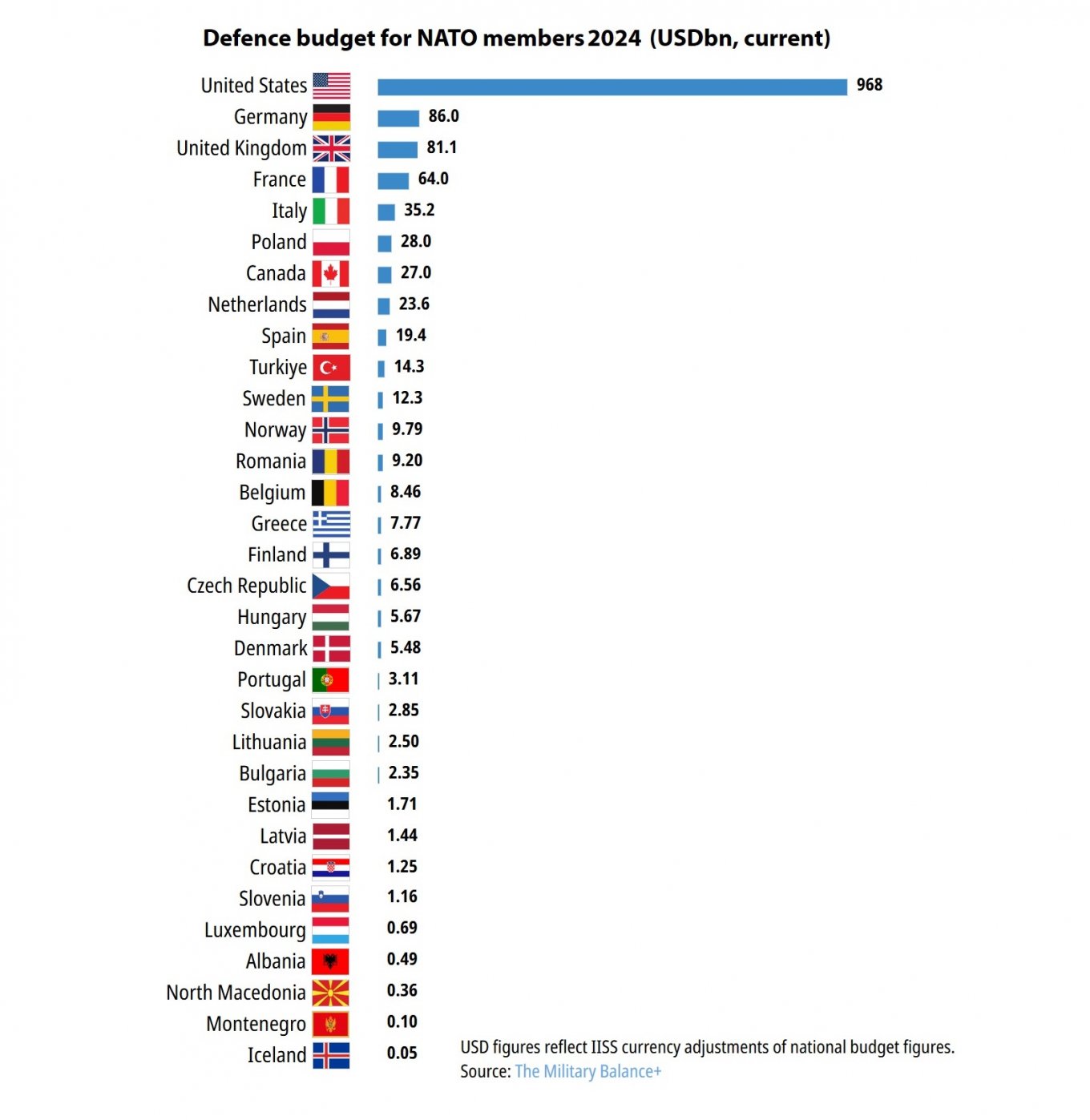
Another questionable nuance concerns the methodology for calculating russian spending, because in addition to the separate National Defense article in the state budget, significant war funds flow from local budgets. The most famous example is extra payments to contract soldiers.
All in all, the real magnitude of the financial burden that waging an aggressive war puts on the russian economy, which is limited in options due to international sanctions, is much bigger. Even the russian expert communities are starting to recognize that the country's economy has entered a recession.
Read more: russia Ramps Up Drone Infrastructure: in Addition to Alabuga, Shahed Drones Now Produced at IEMZ Kupol






